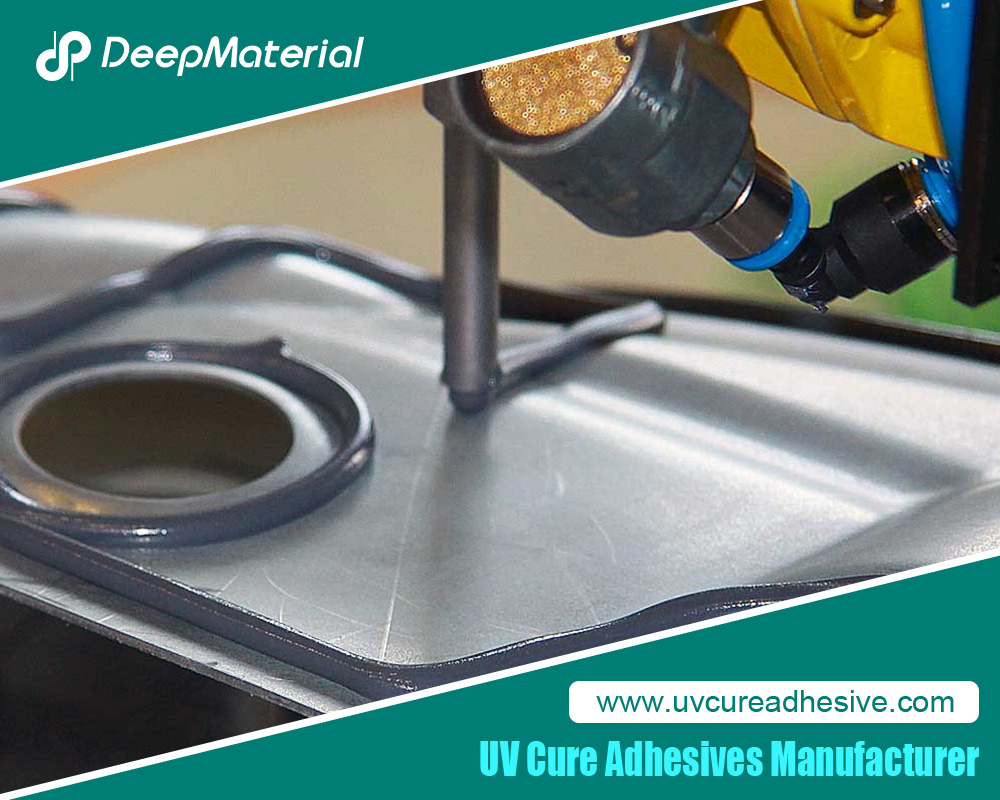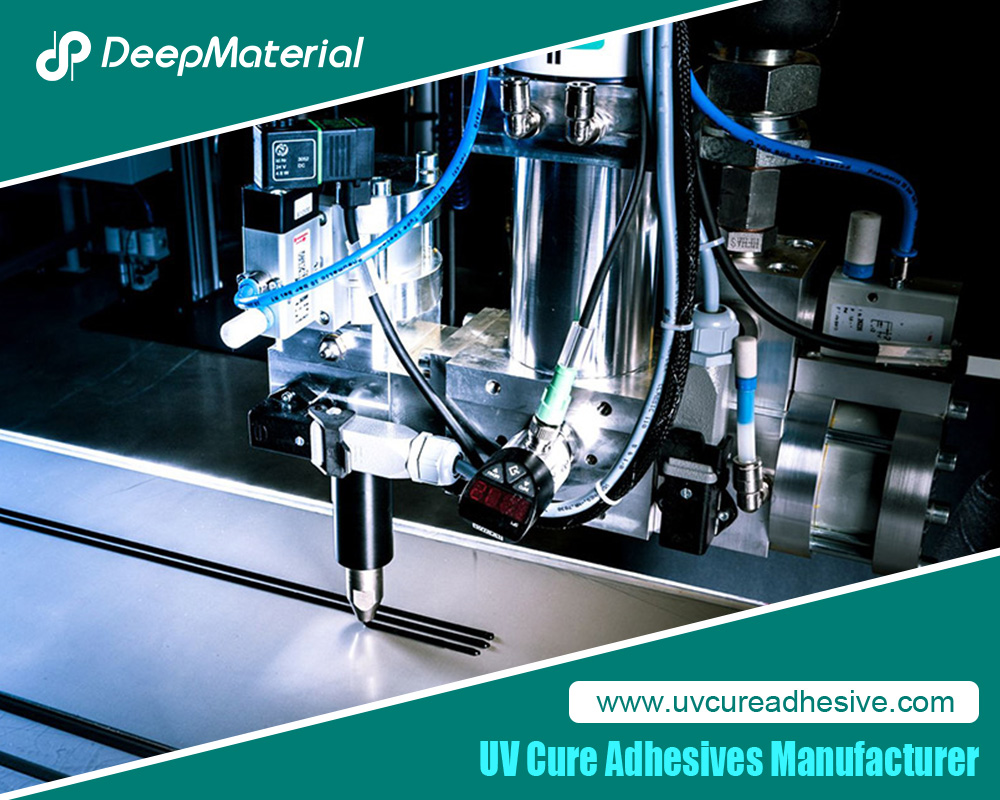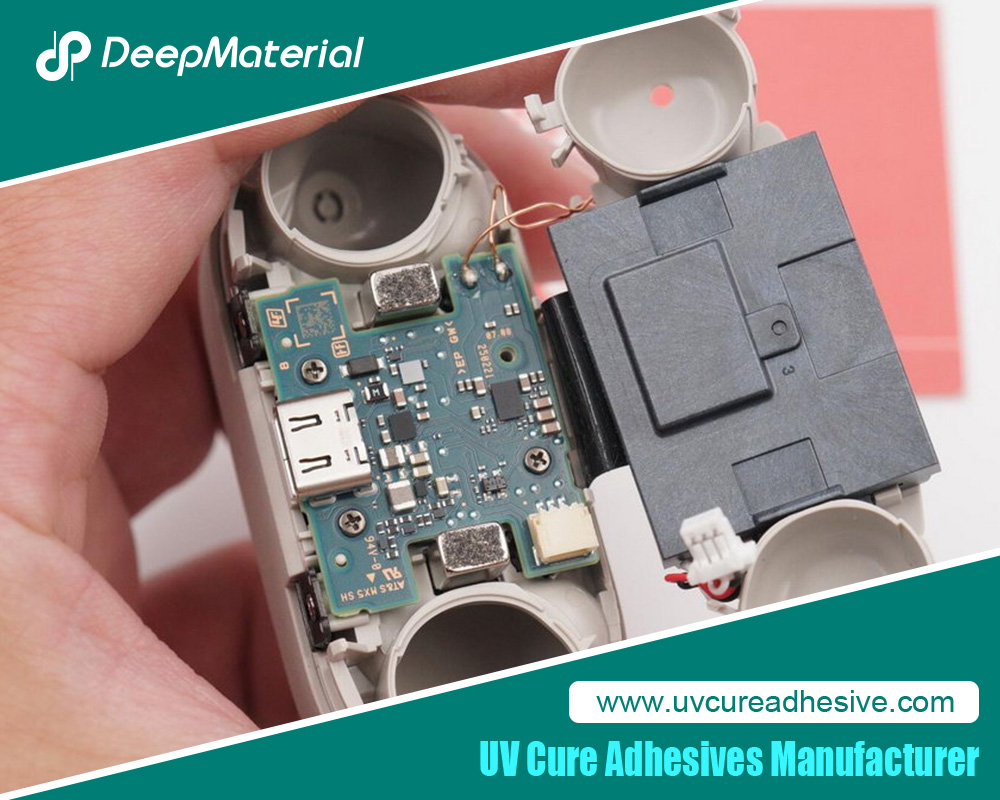The Rising UV Curable Adhesives Market: Innovations, Applications, and Future Trends
The global UV curable adhesives market has grown substantially over the past few years, driven by technological advancements, increasing demand in various industries, and the need for sustainable and efficient bonding solutions. UV curable adhesives, which harden or cure when exposed to ultraviolet (UV) light, offer several advantages over traditional adhesives, such as rapid curing time, enhanced bond strength, and reduced environmental impact. This blog post will explore the key drivers, market segmentation, major applications, and future trends shaping the UV curable adhesives market.
Understanding UV Curable Adhesives
UV curable adhesives are specialized bonding agents that cure or solidify upon exposure to UV light. These adhesives are formulated with oligomers, monomers, photoinitiators, and various additives, allowing them to rapidly transition from a liquid to a solid state when subjected to UV light. This rapid curing process is a significant advantage in industrial applications with critical time and efficiency.
The demand for UV curable adhesives is growing across multiple industries due to their ability to provide strong, durable bonds with minimal environmental impact. These adhesives are particularly popular in industries requiring precision bonding, such as electronics, medical devices, and automotive manufacturing.
Key Market Drivers and Restraints
Several key factors drive the UV curable adhesives market:
- Technological Advancements:Innovations in UV curing technology, such as LED-based UV curing systems, have significantly enhanced the efficiency and effectiveness of UV curable adhesives.
- Growing Demand in Electronics:The increasing miniaturization of electronic components and the demand for high-performance adhesives in the electronics industry are propelling market growth.
- Environmental Regulations:Stringent environmental regulations and the shift towards sustainable manufacturing processes drive the adoption of UV curable adhesives, which are solvent-free and emit low levels of volatile organic compounds (VOCs).
- Rising Industrialization:The rapid industrialization in emerging economies contributes to the growing demand for UV curable adhesives in various applications, including automotive, packaging, and construction.
However, the market also faces certain restraints:
- High Initial Costs:The initial investment required for UV curing equipment can be high, particularly for small and medium-sized enterprises.
- Limited Penetration in Some Regions:In certain regions, the adoption of UV curable adhesives is still limited due to a lack of awareness and technical expertise.
Market Segmentation
The UV curable adhesives market can be segmented based on resin type, application, end-user industry, and region.
By Resin Type
- Acrylic:Acrylic-based UV curable adhesives are known for their excellent adhesion to various substrates and are widely used in the electronics and medical industries.
- Epoxy:Epoxy-based adhesives offer superior mechanical properties and are commonly used in applications requiring high strength and durability, such as automotive and aerospace.
- Silicone:Silicone-based UV curable adhesives provide excellent flexibility and thermal stability, making them ideal for electronics and medical device applications.
- Polyurethane:Polyurethane-based adhesives offer a good balance of flexibility and strength and are used in various industrial applications.
By Application
- Bonding:UV curable adhesives are widely used for bonding applications in electronics, automotive, and medical devices due to their rapid curing time and strong adhesion properties.
- Sealing:These adhesives are also used for sealing applications, particularly in industries where leak prevention and environmental resistance are critical.
- Coating:UV curable adhesives are employed as protective coatings in various industries, providing abrasion resistance, chemical resistance, and durability.
- Encapsulation:In electronics and medical devices, UV curable adhesives are used for encapsulation, protecting sensitive components from environmental factors.
By End-User Industry
- Electronics and Consumer Goods
- Medical Devices
- Automotive
- Packaging and Printing
- Aerospace
- Construction
By Region
- North America:The North American market is driven by the strong presence of the electronics, automotive, and medical device industries.
- Europe: Europe is a significant market for UV curable adhesives, with high demand in the automotive and aerospace industries.
- Asia-Pacific:The Asia-Pacific region is expected to witness the fastest growth, driven by rapid industrialization and the expansion of the electronics and automotive sectors in countries like China, Japan, and India.
- Latin America, the Middle East, and Africa: These regions are also experiencing growing demand for UV-curable adhesives, particularly in the construction and packaging industries.
Significant Applications of UV Curable Adhesives
Electronics and Consumer Goods
In the electronics industry, UV curable adhesives are widely used for bonding components, sealing, and encapsulation. Their rapid curing time and muscular bond strength make them ideal for assembling delicate electronic components, such as printed circuit boards (PCBs), sensors, and displays. Additionally, these adhesives are used in the consumer goods sector for bonding and sealing applications in products like smartphones, tablets, and wearables.
Medical Devices
The medical device industry relies on UV curable adhesives for assembling and bonding components in various devices, such as catheters, syringes, and diagnostic equipment. These adhesives offer biocompatibility, rapid curing, and strong adhesion to multiple substrates, making them suitable for medical applications where precision and reliability are critical.
Automotive Industry
In the automotive industry, UV curable adhesives are used for bonding and sealing applications in interior and exterior components, including dashboards, headlights, and sensors. These adhesives provide excellent resistance to environmental factors, such as heat, moisture, and UV radiation, ensuring the durability and longevity of automotive components.
Packaging and Printing
The packaging and printing industries utilize UV curable adhesives for laminating, coating, and sealing applications. These adhesives offer rapid curing, high bond strength, and excellent resistance to chemicals and abrasion, making them ideal for packaging materials, labels, and printed products.
Aerospace
The aerospace industry demands high-performance adhesives that withstand extreme conditions, such as high temperatures, pressure, and vibration. UV curable adhesives meet these requirements and are used for bonding, sealing, and coating applications in aircraft components, such as composite materials, sensors, and avionics.
Advantages of UV Curable Adhesives
Rapid Curing Time
One of the most significant advantages of UV curable adhesives is their rapid curing time. Unlike traditional adhesives that may take hours or even days to cure fully, UV curable adhesives can complete curing within seconds or minutes when exposed to UV light. This rapid curing process enhances production efficiency and reduces downtime in manufacturing processes.
High Bond Strength
UV curable adhesives provide excellent bond strength, making them suitable for applications that require durable and long-lasting bonds. These adhesives can bond various substrates, including metals, plastics, glass, and ceramics, ensuring reliable performance in multiple industries.
Environmental Benefits
UV curable adhesives are environmentally friendly, as they do not contain solvents and emit low levels of volatile organic compounds (VOCs). UV curable adhesives are an attractive option for manufacturers looking to reduce their environmental footprint and comply with stringent environmental regulations.
Versatility and Customization
UV curable adhesives are highly versatile and can be customized to meet specific application requirements. Manufacturers can tailor the formulation of these adhesives to achieve desired properties, such as flexibility, hardness, and chemical resistance, making them suitable for a wide range of industrial applications.
Challenges in the UV Curable Adhesives Market
Despite the numerous advantages of UV curable adhesives, the market faces particular challenges that may hinder its growth:
- High Initial Costs:The investment required for UV curing equipment, such as UV lamps and curing systems, can be significant, particularly for small and medium-sized enterprises. This may limit the adoption of UV curable adhesives in specific industries.
- Limited Penetration in Some Regions:In regions with limited awareness and technical expertise, the adoption of UV curable adhesives is still relatively low. Educating end-users and providing technical support will be crucial for market expansion in these areas.
- Material Compatibility:While UV curable adhesives can bond with a wide range of substrates, they may not be suitable for all materials. Ensuring compatibility with specific materials and substrates is essential for optimal bonding performance.
Future Trends and Opportunities
The UV curable adhesives market is poised for continued growth, driven by several emerging trends and opportunities:
Technological Advancements
Ongoing technological advancements, such as the development of LED-based UV curing systems, are expected to enhance the efficiency and effectiveness of UV curable adhesives. LED UV curing offers several advantages, including energy efficiency, longer lifespan, and reduced heat generation, making it an attractive alternative to traditional UV curing methods.
Sustainability and Eco-Friendly Solutions
As environmental concerns continue to rise, the demand for sustainable and eco-friendly bonding solutions will increase. UV curable adhesives, which are solvent-free and emit low levels of volatile organic compounds (VOCs), are well-positioned to meet this demand. Manufacturers will likely invest in research and development to create more sustainable UV curable adhesives, focusing on bio-based materials and recyclable formulations.
Expanding Applications in Emerging Markets
The rapid industrialization and urbanization in emerging markets, particularly in Asia-Pacific and Latin America, present significant growth opportunities for the UV curable adhesives market. As industries in these regions continue to develop, the demand for advanced bonding solutions is expected to rise, particularly in the electronics, automotive, and construction sectors. Expanding the market presence in these regions through strategic partnerships and local manufacturing facilities will be crucial for companies looking to capitalize on these opportunities.
Increased Adoption in High-Performance Applications
The trend towards miniaturization and increased complexity in electronics, medical devices, and aerospace industries drives the need for high-performance adhesives. UV curable adhesives, with their rapid curing time, high bond strength, and versatility, are increasingly being adopted in these high-performance applications. As these industries evolve, the demand for specialized UV curable adhesives tailored to specific applications will likely grow.
Collaborations and Strategic Partnerships
Companies in the UV curable adhesives market are expected to engage in collaborations and strategic partnerships to stay competitive and meet the evolving needs of various industries. These partnerships may involve joint ventures with raw material suppliers, research institutions, and end-users to develop innovative products and expand their market reach. Collaborations with equipment manufacturers to offer integrated UV curing solutions may also provide a competitive edge.
Conclusion
The UV curable adhesives market is growing, driven by technological advancements, environmental considerations, and the expanding demand across various industries. The market’s versatility, rapid curing time, high bond strength, and sustainability make UV curable adhesives a preferred bonding solution for many applications.
For more about choosing the rising UV curable adhesives market: innovations, applications, and future trends, you can pay a visit to DeepMaterial at https://www.uvcureadhesive.com/ for more info.




